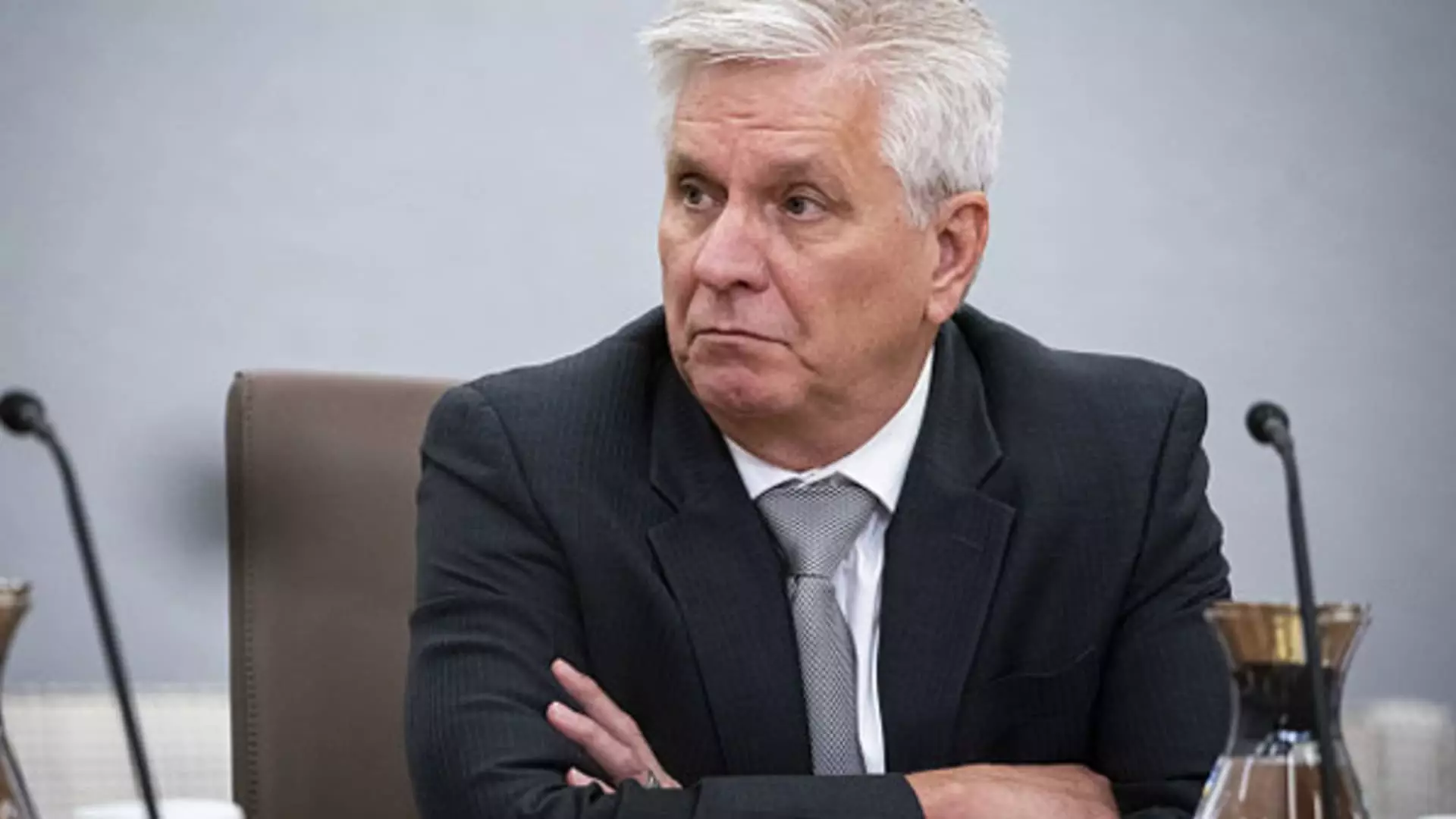In a recent address, Federal Reserve Governor Christopher Waller highlighted a cautious yet strategic approach to future interest rate cuts, indicating that these adjustments will likely be less aggressive than the notable reduction seen in September. Waller expressed concern over the prevailing economic conditions, suggesting that the economy might still be exceeding desired parameters. His analysis stemmed from multiple economic indicators, which raised alarms about the pace of economic activity.
Traditionally, the Federal Reserve has favored smaller rate adjustments—typically by 25 basis points—unless significant economic distress warrants more pronounced changes. The half-point reduction decided upon during the Federal Open Market Committee (FOMC) meeting in September is unprecedented under normal circumstances, hinting at a need for serious intervention. Waller’s remarks underscored the necessity for a composed response to current data, advising against any drastic policy shifts that could destabilize monetary foundations established over the years.
The economic landscape illustrated by Waller points to a mosaic of mixed signals. Recent statistics on employment suggested a stronger job market in September, countering a trend of weakening seen in the previous months. Inflation data also showed slight upward movement, exceeding initial expectations, while gross domestic product (GDP) remained robust. Waller referenced substantial revisions to second-quarter growth figures and gross domestic income, unveiling a stronger economic landscape than previously perceived.
These revised indicators articulate a narrative of resilience, whereby the adjustments to GDP growth figures and the rising savings rate—now at 5.2%—paint a picture of an economy that is more vibrant and potentially volatile. Waller’s insistence on a gradual reduction of interest rates reflects an understanding that the Fed must navigate this economic complexity carefully. A precipitous path could risk overheating the economy or igniting inflationary pressures.
Waller’s statements also resonate with the need for prudence among policymakers. Despite advocating a baseline of gradual rate cuts over the coming year, he refrained from outlining a definitive roadmap, emphasizing the importance of adaptability in the face of evolving economic realities. This restraint is particularly significant given the economic unpredictability witnessed in recent quarters.
As the Federal Reserve prepares for its upcoming meetings, the emphasis on a deliberate approach signifies an awareness that the stakes are high. With elements such as employment data and inflation trends continuing to fluctuate, Waller’s cautionary stance reinforces the need for a careful calibration of monetary policy. As economists and stakeholders watch closely, the ability of the Fed to respond dynamically will play a crucial role in shaping the financial landscape in 2024 and beyond. Waller’s insights serve as a reminder of the intricate balance required in managing economic growth, inflation control, and interest rate adjustments—all pivotal to the nation’s financial health.

